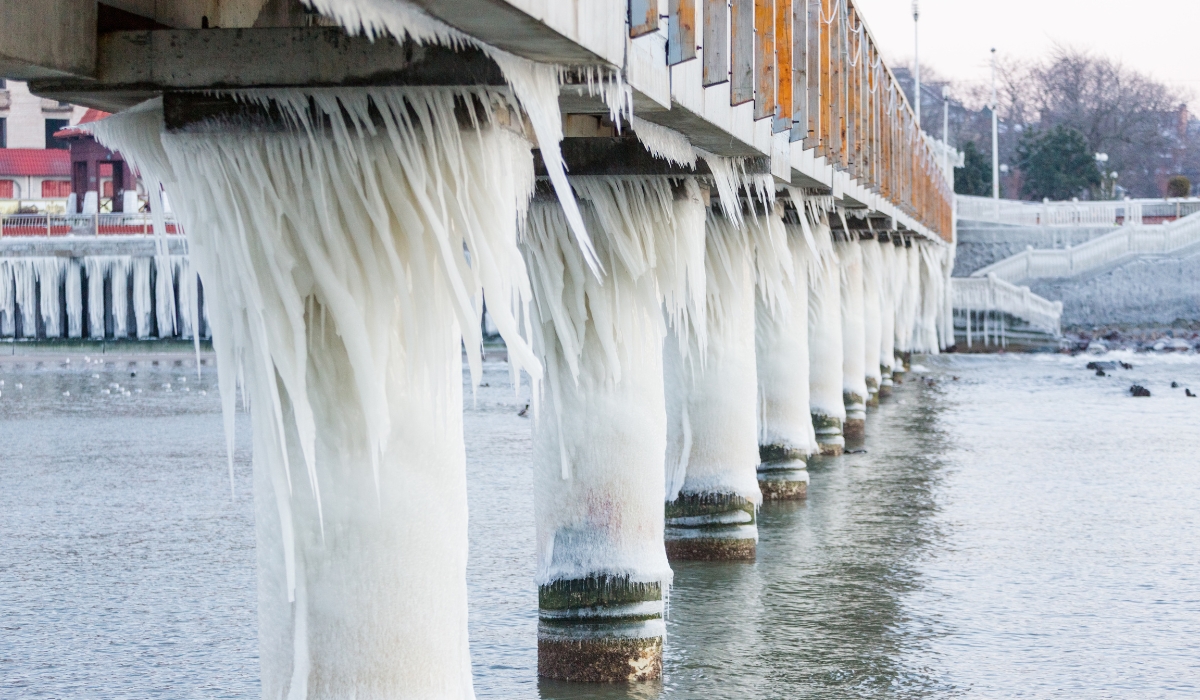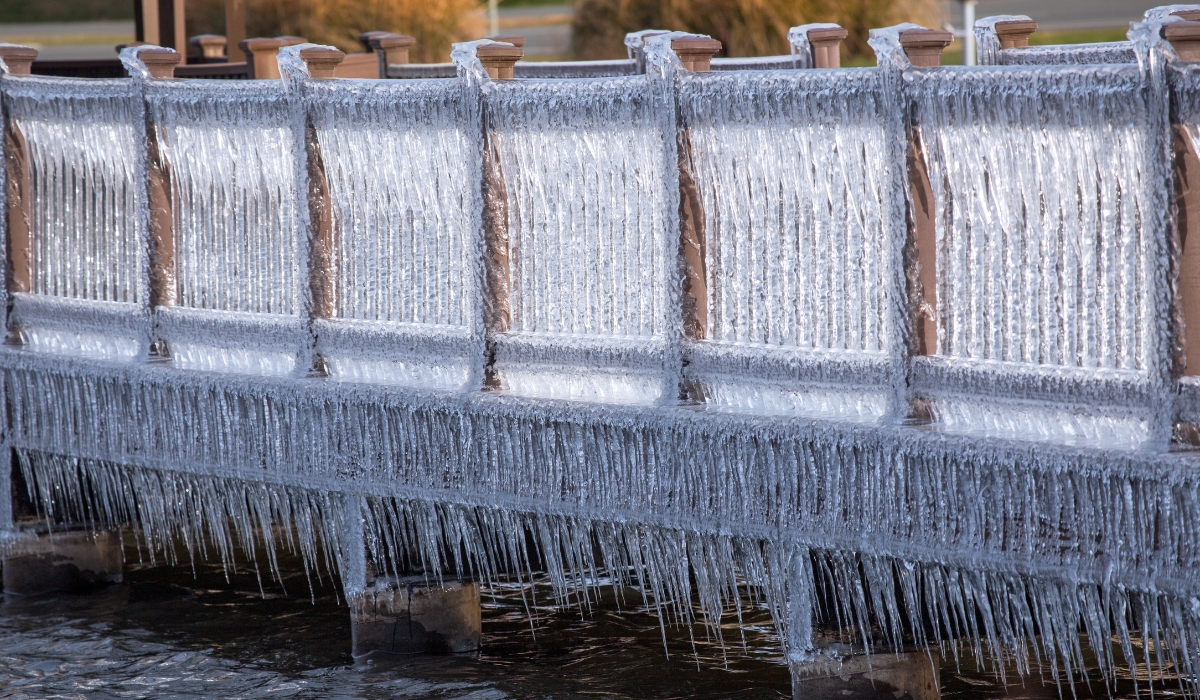The gentle warmth of spring is a welcome change after a long winter, with longer days and nature awakening all around us. For those responsible for the upkeep of our crucial infrastructure, especially bridges, this seasonal shift signifies the start of a vital period: spring inspections. Our bridges have bravely weathered the harsh conditions of winter – the relentless freezing temperatures, the disruptive cycle of thawing and refreezing, heavy snow and ice accumulation, and the constant application of de-icing agents that keep our roadways safe. While these are typical winter occurrences, they can unfortunately take a significant toll on the structural integrity of these essential crossings. Consequently, a comprehensive spring inspection isn’t just a recommended practice; it’s an absolute necessity to guarantee the ongoing safety and dependability of these critical links in our transportation network. It’s about recognizing the subtle yet impactful effects of winter and proactively tackling any potential problems before they worsen, ensuring the well-being of all who use these vital structures.
The Harsh Toll of Winter on Our Bridges
Winter’s icy grip can inflict considerable damage on bridges in a variety of ways. Consider the seemingly simple process of water seeping into the minute cracks and pores within concrete and asphalt. As temperatures plummet, this trapped water expands upon freezing, generating substantial internal pressure. This repeated cycle of freezing and thawing, known as the freeze-thaw cycle, can progressively widen existing cracks and even initiate new ones, eventually leading to more significant deterioration such as spalling (surface flaking) and delamination (layer separation).
Then there’s the indispensable use of salt and other de-icing chemicals. While vital for preventing dangerous icy conditions, these substances can unfortunately accelerate the corrosion of the steel reinforcement embedded within the concrete. This corrosion weakens the steel and can cause the surrounding concrete to crack and crumble from within. Furthermore, the sheer weight of substantial snow and ice accumulation exerts considerable stress on bridge decks and their supporting structures. The movement of ice in rivers and waterways can also deliver forceful impacts to piers and abutments. Even seemingly minor issues like blocked drainage systems, caused by accumulated ice and debris, can lead to water pooling on the bridge deck, increasing the risk of corrosion and further structural weakening. It’s this combination of persistent winter forces that makes a thorough post-winter examination absolutely essential.

The Critical Importance of Spring Bridge Inspections
Given the potential for winter-related wear and tear, spring bridge inspections are far more than just a routine procedure; they represent a proactive and responsible approach to safeguarding public well-being. By diligently examining bridges following the challenging winter months, we can identify any early indicators of damage before they have the opportunity to escalate into more serious and potentially hazardous structural issues. Think of it as a vital health check after a period of significant stress – we aim to catch any lingering effects early on.
Neglecting these crucial inspections could allow undetected problems to worsen, leading to more extensive and costly repairs down the line, and, most importantly, potentially jeopardizing the safety of everyone who travels across these structures. It’s about acting as responsible stewards of our infrastructure and placing the safety of our communities at the forefront. Early detection not only helps prevent the need for larger, more complex repairs but also contributes significantly to extending the overall lifespan of the bridge, ultimately conserving valuable resources in the long term. This proactive stance underscores a strong commitment to safety and a genuine understanding of the stresses that our bridges endure throughout the winter season.
Underbridge Platforms: Revolutionizing Comprehensive Assessments
However, conducting a thorough inspection of every part of a bridge, particularly the often-inaccessible underside, presents a considerable challenge. Traditional inspection methods, which might involve using cumbersome scaffolding, time-consuming rope access techniques, or relying solely on visual assessments from ground level, often fall short of providing the comprehensive evaluation that is truly necessary. This is where underbridge platforms emerge as an invaluable solution.
These specialized access systems offer secure, stable, and remarkably efficient platforms that enable inspectors to reach every critical area beneath the bridge deck with relative ease. Imagine having a dependable and mobile platform that can extend and position inspectors precisely where they need to be. This unrestricted access allows for a level of detailed scrutiny that would otherwise be incredibly difficult, if not impossible, to achieve safely. Utilizing an underbridge platform, inspectors can perform detailed visual examinations, conduct essential non-destructive testing (NDT) to evaluate internal conditions, and take precise measurements to identify even the most subtle signs of damage that might easily be overlooked from a distance.
Facilitating Detailed Inspections with Underbridge Platforms
The stable and secure working environment provided by underbridge platforms empowers inspectors to perform a much more thorough and detailed examination of critical structural elements. Instead of working from precarious positions or limited vantage points, they can gain close-up access to the bridge soffit (the underside of the deck), supporting beams and girders, vital bearings, and the substructure components.
This close proximity enables the identification of even minor issues, such as hairline cracks in the concrete, the initial stages of corrosion on steel components, and early signs of spalling or delamination. Furthermore, the inherent stability of the platform significantly enhances inspector safety compared to more hazardous traditional methods, thereby reducing the risk of falls and other workplace accidents. The gains in efficiency are also substantial. The ease of maneuvering and the stable work area mean that inspectors can cover a larger area in less time, leading to quicker and more comprehensive inspections and a more rapid identification of any potential problems that require attention. In certain situations, minor repairs can even be safely and efficiently carried out directly from the underbridge platform, saving valuable time and resources on subsequent mobilization efforts for repair crews.

Key Indicators of Winter Damage to Watch For
With the enhanced access provided by underbridge platforms, inspectors can meticulously examine bridges for crucial indicators of winter’s impact. They will be looking for cracking in the deck, beams, piers, and abutments, paying close attention to the pattern, width, and depth of any fissures. Evidence of spalling and delamination, where the concrete surface has chipped away or separated, exposing the vulnerable reinforcing steel, will be carefully documented. Inspectors will also be highly vigilant for signs of corrosion on steel components, particularly around joints, bearings, and areas that have been repeatedly exposed to de-icing salts and moisture. Drainage systems will be thoroughly checked for any blockages caused by accumulated debris or ice, and any signs of water pooling or water-related damage on structural elements will be noted.
The crucial bearings, which allow for necessary movement between the bridge deck and its supports, will be inspected for excessive movement, corrosion, or any signs of deterioration. Finally, the soil surrounding the bridge foundations will be assessed for scour, which is erosion caused by the flow of water, a condition that can be exacerbated by winter runoff and ice melt. This detailed level of scrutiny, made possible by the close proximity and stability offered by underbridge platforms, ensures that no potential issue, no matter how seemingly small, goes unnoticed.
Investing in Safety Through Thorough Inspections
In conclusion, spring bridge inspections, made significantly more effective and safer through the use of underbridge platforms, are not merely a routine task on a maintenance checklist. They represent a fundamental commitment to the safety of the traveling public and the long-term health of our essential infrastructure. By proactively identifying and addressing any damage inflicted by the harsh winter months, we can prevent minor issues from escalating into major, costly, and potentially dangerous problems. The enhanced access and stability provided by underbridge platforms empower inspectors to conduct thorough assessments, ensuring that even the most subtle signs of wear and tear are detected and addressed promptly. This proactive approach not only saves time and resources in the long run but, more importantly, guarantees the continued safety and reliability of the bridges that connect our communities. Investing in these comprehensive spring inspections, facilitated by innovative solutions like underbridge platforms, is ultimately a vital investment in the well-being of everyone who relies on our essential transportation network.


Recent Comments